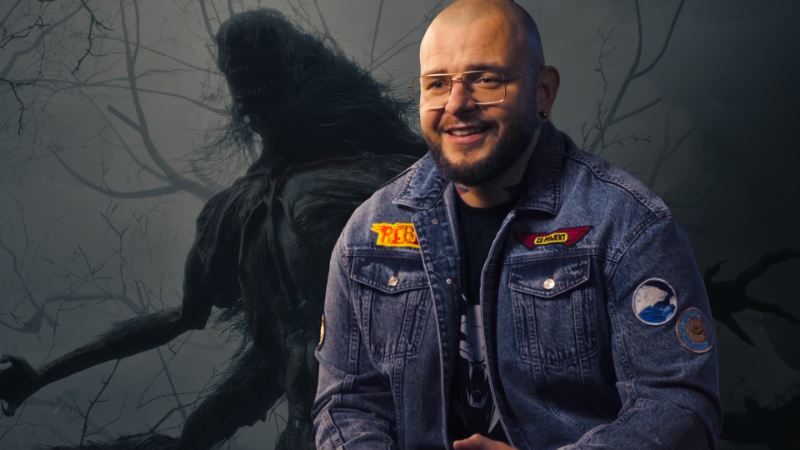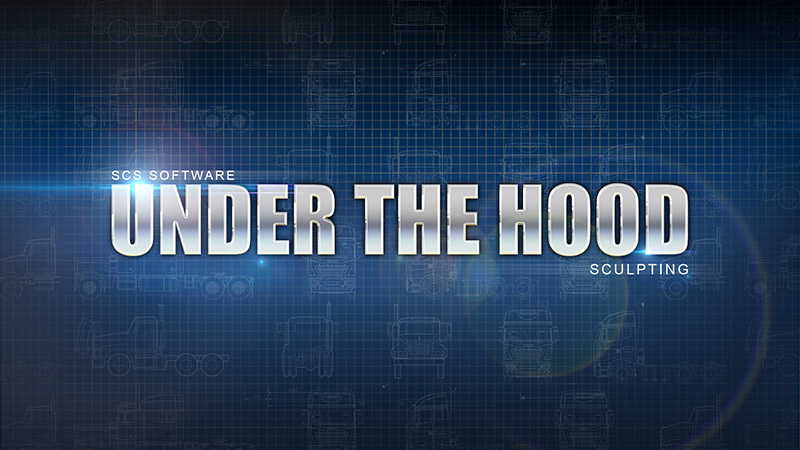There’s been a variety of chatter these days about video game ‘downgrades’, the place the completed game seems graphically inferior to its reveal trailer.
Some see these reductions in scope as a large center finger pointed straight at their face, virtually as if the builders behind the games had been purposely taking away all their graphics. “No graphics for you, gamer boy,” they in all probability say whereas sitting on a throne made out of microtransaction cash.
Whether it’s the density of The Witcher 3’s world or the puddles in Spider-Man, it’s a subject that pops up greater than the textures within the first Rage.
So, let’s dig into precisely what downgrades are and why they occur, with perception from individuals who truly know what they’re speaking about.

Since all of us love a little bit of drama, why not kick off with some precise unhealthy practices. Sometimes, downgrades are the results of wasted sources, sometimes initiated by a choice from up excessive, in line with one supply aware of improvement on triple-A Ubisoft games.
“I found they were very insistent on pushing the quality of their products for mass market appeal at global events,” my supply tells me. “This leads to a lot of man hours churning through content and pouring over the quality of the game during an intensive period.”
This high quality doesn’t scope out to the remainder of the game – all we get is a extremely polished vertical slice that the builders can’t hope to duplicate throughout a whole sandbox world. For Driver San Francisco, this affected Marin, a late game county that seemed nowhere close to as good as San Francisco’s essential physique. This is a case of the developer placing all the cash up entrance, since solely a small portion of gamers truly see the credit.
Sometimes, as an alternative of rolling with it, the developer decides to reduce the remainder of the game as an alternative.

“[Occasionally], the level of parity in the game needs to be identical, therefore you reduce quality to ensure that everything looks of equal quality,” my supply explains. “On The Division, Xbox had a deal with Ubisoft, and part of that deal was to ensure that the PS4 version did not look better than it. The resolution, frame rates, and density of assets could have been higher on PS4, but this was vetoed to prevent issues with Microsoft.”
Of course, it’s not all the time inner politics which are the reason for huge adjustments to the top product. Video games are complicated, malleable issues that always change and shift throughout their improvement. Imagine engaged on one thing inventive for years just for the completed product to be precisely the identical as the unique design doc: it hardly ever occurs. In truth, a number of excessive profile games began out life as a unique game solely, and plenty by no means see the sunshine of day in any respect.
“Games are not created by following a predetermined route along which there are regular milestones of incremental and noticeable improvement,” lighting and VFX specialist Richard Whitelock explains. “If this had been true, game improvement could be a lot simpler. Instead, games are developed with many constraints that adjust over their lifetime, interspersed with course corrections that shift the challenge’s course in the direction of a vacation spot that’s itself shifting out and in of view.
“Along the best way to this last vacation spot there are going to be diversions – a typical instance being a significant push to point out the game at an occasion. Perhaps it wasn’t even initially deliberate to be exhibited. These are duly created to go well with the calls for of that vertical slice. The artwork and tech are each in nascent phases; the staff is happy about new options or visible FX and excitedly splashes them round. The space through which the demo takes place is kind of constrained, the remainder of the game might not be enabled round it but, so further components could also be added in. Where screenshot cameras will likely be has already been deliberate upfront and lights are positioned to particularly make that shot pop.”

We’re a set of influences, then: the stress to create one thing that exhibits off an unfinished game as if it was achieved, the ever-changing nature of growing a triple-A game, advertising and marketing interference, and the builders determining the instruments they’ll use.
“Every new graphical feature you give the team gets massively overused for the first month, be it a new form of ambient occlusion, lens flare, or screen space reflection,” Simon Roth, a game developer with expertise in graphics programming and profiling, tells me. “Management go ‘wow’, the art team get excited, and it takes a month for people to realise it’s impacting the visuals more than it needs to.”
One of the areas Roth has experience in – profiling – research the processing and reminiscence prices of various components of the graphics pipeline. In different phrases, that is the place optimisation comes into it and issues are in the reduction of to squeeze higher efficiency out of your games. Most gamers will inform you they might slightly have a easy body charge than higher visible constancy. But when a game is in the reduction of to service this, individuals lose their minds and tweet hashtags like “#puddlegate”.
“Optimisation is a hard, tedious and expensive thing to do,” Roth explains. “On a triple-A game it’s left very late because you don’t want to replicate the work. Profiling involves specialist software, taking captures of a game, and then stepping through frame by frame, analysing what elements use what amount of resources. Until that point, people have been working to a budget, aiming for the target framerate, but until the work is profiled you basically know nothing.”

With the precise instance of the discount in puddles for Marvel’s Spider-Man, the entire builders I communicate with agree that they had been seemingly stripped again for a unique purpose solely: readability. In the unique E3 screenshot, puddles dominate the scene. It’s necessary for the participant to have the ability to parse enemy silhouettes and make out what threats they’re up in opposition to, so the puddles had been seemingly lowered to make it simpler to learn.
“I have been working with Mode 7 for the last three years on Frozen Synapse 2,” Whitelock says. “We were very pleased with a lovely new glow effect that really moved the visuals on from the previous title. However, It wasn’t until we began testing that we realised we had gone too far. Feedback from internal and public show builds was that the pretty glow hindered the player’s ability to comprehend the scene – and that is absolutely vital in a tactical game. It took many iterations to find the balance between a suitably luminous cyberpunk terminal display and a precise user interface for tactical planning.”
All of that is why a number of game builders don’t like exhibiting their games too early. It’s why CD Projekt Red held off from exhibiting the Cyberpunk 2077 gameplay demo to the general public for some time. Game improvement is an extended course of and lots of issues can change for a lot of causes. Try to not get too upset about it subsequent time, eh? I imply, think about being upset with how good The Witcher Three appears. Cry me a puddle.
Source


